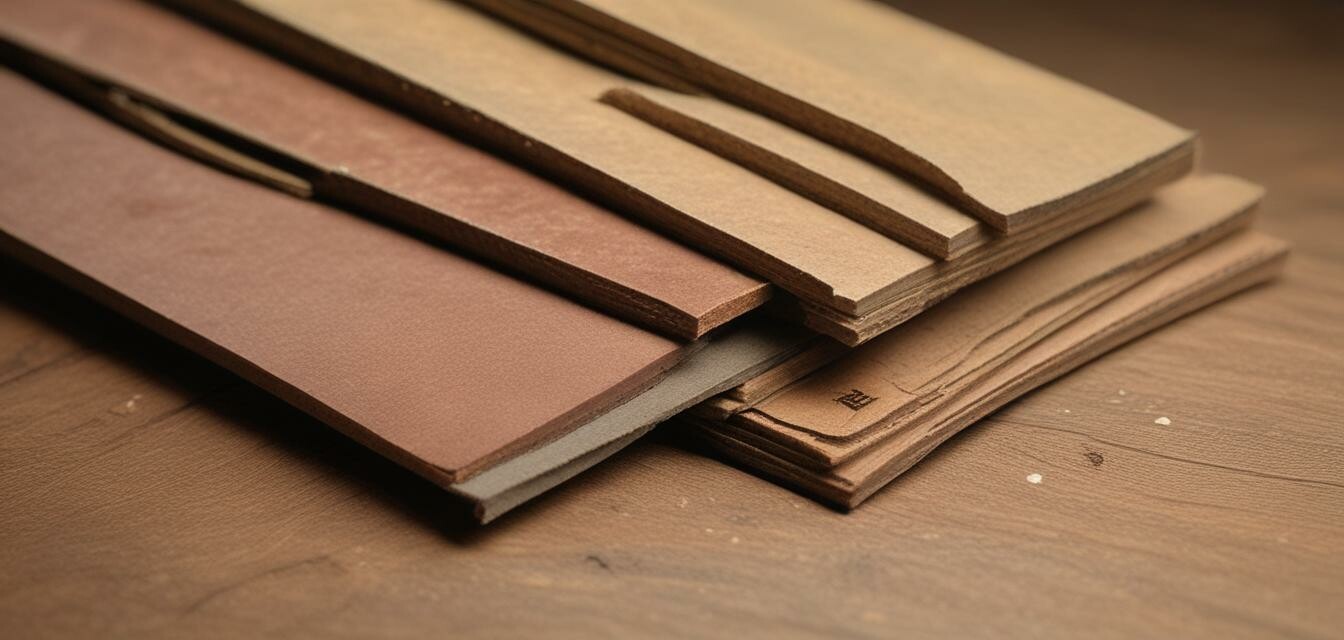
Comparing Different Types of Sandpaper for Woodwork
When it comes to woodworking, choosing the right sandpaper can make all the difference in the outcome of your project. This guide will walk you through the various types of sandpaper, their grit sizes, and how to select the best option to achieve a smooth, beautiful finish on your woodworking projects.
- Know the different types of sandpaper: Aluminum oxide, garnet, silicone carbide, and others.
- Understand grit sizes: Ranging from coarse to fine, each has its specific use.
- Select the right sandpaper based on your project's requirements for the best results.
Understanding sandpaper types
Sandpaper is available in various types, each suited for different purposes and materials. Below is a breakdown of the most common types of sandpaper used in woodworking:
| Type of Sandpaper | Description | Best Uses |
|---|---|---|
| Aluminum oxide | Durable and long-lasting, this type is ideal for wood and metal. | Sanding rough surfaces, preparing wood for finishing. |
| Garnet | Natural sandpaper that produces a smooth finish; less durable than aluminum oxide. | Finishing softwoods and hardwoods. |
| Silicone carbide | Sharp and fragile; works well on wood and other substances. | Sanding fiberglass, plastic, and other hard materials. |
| Emery | Contains natural and synthetic abrasive materials, offering a rough texture. | Metal finishing and polishing tasks. |
Understanding grit sizes
The grit size of sandpaper determines how coarse or fine the sandpaper is. Grit sizes range typically from 40 (very coarse) to 600 (very fine). Here are some general categories for grit sizes:
| Grit Size | Range | Common Uses |
|---|---|---|
| Coarse | 40-60 | Removing material, leveling surfaces. |
| Medium | 80-120 | General sanding and smoothing. |
| Fine | 150-220 | Preparing for finish, sanding between coats. |
| Very fine | 240-600 | Final sanding before finishing. |
Choosing the right sandpaper for your project
When selecting the right sandpaper, consider these aspects:
- Type of wood: Softer woods require finer grit paper, while harder woods can handle medium to coarse grits.
- Project stage: For initial sanding, use coarse grits; for finishing, switch to finer grits.
- Abrasive type: Choose based on the material you’re sanding (e.g., softwood, hardwood, or synthetic materials).
Tips for using sandpaper effectively
Getting the most out of your sandpaper
- Always sand with the grain of the wood.
- Use a sanding block for flat surfaces to maintain even pressure.
- Change sandpaper frequently for best results—don’t let it become clogged.
- Consider using wet sanding for a smoother finish on certain woods.
Conclusion
Selecting the correct sandpaper is crucial for achieving a perfect finish on your woodworking projects. By understanding the different types of sandpaper available and the grit sizes that work best for your materials, you can enhance the quality of your results and ensure that your handcrafted pieces stand out.
Pros
- Enhances the smoothness of surfaces for a professional look.
- Different kinds allow for versatility in projects.
- Affordable and easy to use.
Cons
- Requires selection based on specific needs, which can be overwhelming.
- Poor-quality sandpaper may result in undesirable finishes.
Additional resources
For more information on woodworking, check out these links:



